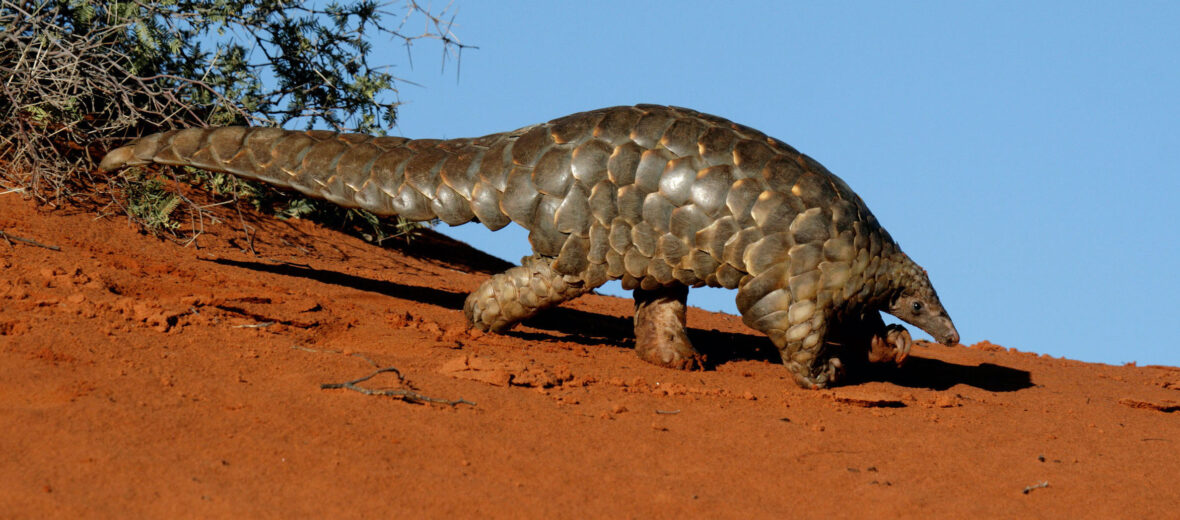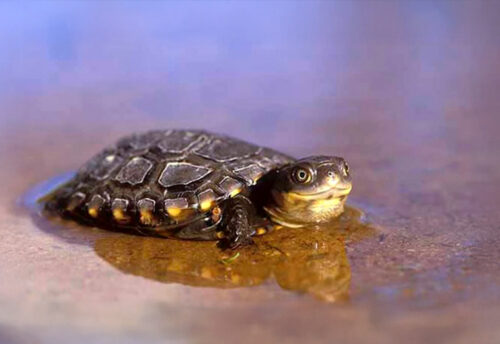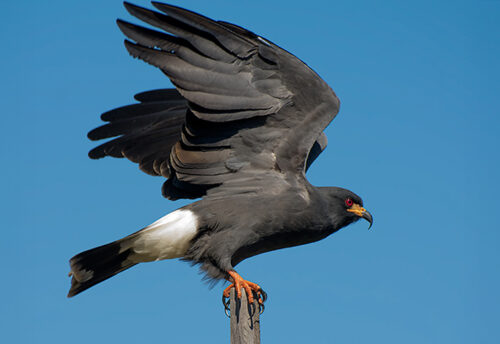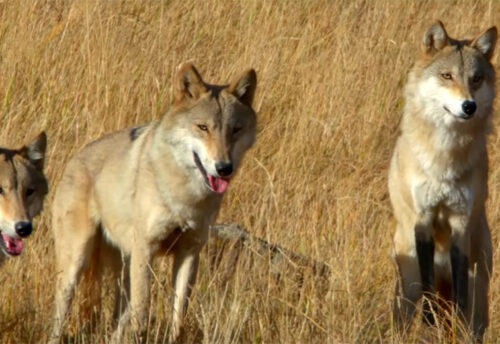
The pangolin, aka scaly anteater, is the only mammal to be covered (head to toe) in keratin scales (the same material in human hair and fingernails). Their scales make up about 20% of a Pangolin’s weight! Pangolins are all endangered to one degree or another and conservation efforts are struggling to fight off poaching of these amazing animals in order to save the species. The IUCN lists these wonderful creatures anywhere from Vulnerable, to Endangered, to Critically Endangered; based on the species.
First the Stats…
Scientific names: Pholidota
Weight: Up to 73 lbs.
Length: Up to 5 feet
Lifespan: Up to 20 years
Now on to the Facts!
1.) They are insectivorous (feed on insects).
2.) Pangolins have large, curved claws that they use for digging out ant and termite mounds They also use them for pulling bark off trees and logs to find larvae.
3.) There are a total of 8 species and 4 live in Africa.
4.) The pangolin has a special glands near their anus that secretes a pungent, odorous fluid that is used for marking its territory. As is the case with numerous other animals, they also scent mark with feces and urine.
5.) When pangolins are threatened, they curl up into a tight ball to protect their undersides.
But wait, there’s more on the pangolin!
6.) With their sharp edges, the pangolin can slice predators with their scales!
7.) They don’t have teeth and are not able to chew food. Instead, they have long sticky tongues that they use to catch insects.
Did you know…?
Their tongue is up to 16 inches long!
8.) These amazing critters can close their ears and nostrils in order to keep insects out while they are feeding.
9.) The pangolin will eat gravel and small pebbles to assist in digestion of their food.
10.) It is estimated that a single pangolin eats up to 70 million insects per year!
But wait, there’s still more on the pangolin!
11.) They are primarily nocturnal (active at night).
Did you know…?
Some pangolins are actually bipedal. They walk on their hind legs with the front limbs, and their tail is held off the ground and used as a counter-balance.
12.) The name pangolin comes from the Malay word ‘penggulung,’ which means “the roller”.
13.) Over the past 10 years, over 1 million pangolins have been illegally taken from the wild to support demand in Vietnam & China. Their meat is considered a delicacy, and their scales are used in traditional Chinese medicine. They are believed to treat a host of ailments from arthritis, to asthma, to rheumatism. Scientific evidence shows that this is completely false. Their scales are just keratin, like our fingernails. They have no medicinal value at all.
14.) Abandoned porcupine, aardvark, and warthog burrows are used to shelter. Sometimes hollowed out termite mounds are also used.
15.) These critters are the only known scaled mammal.
Now a Short Pangolin Video!
Also, check out the Critter Science YouTube channel. Videos added frequently!
Want to suggest a critter for me to write about? Let me know here.



